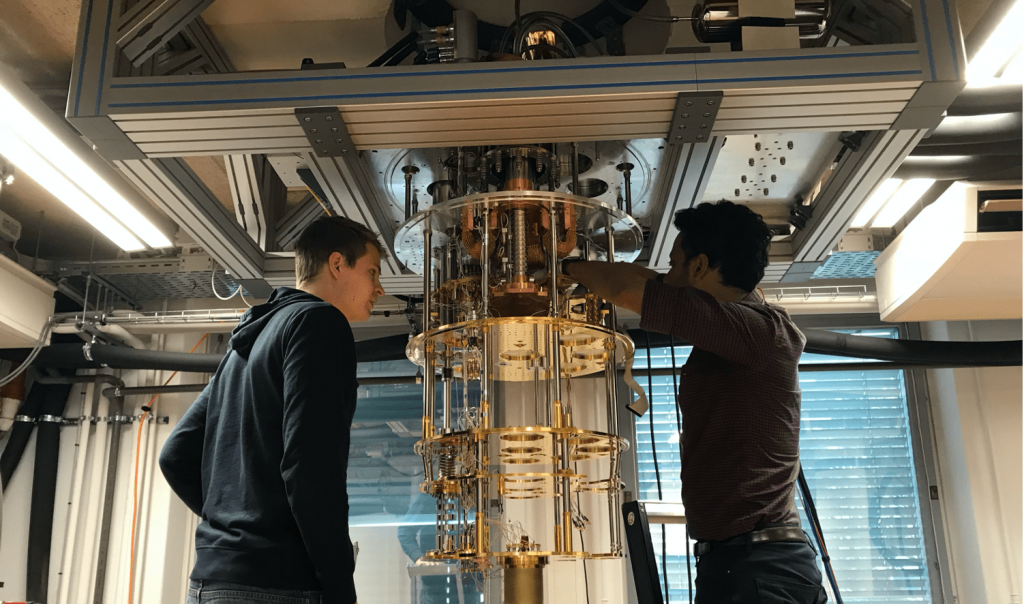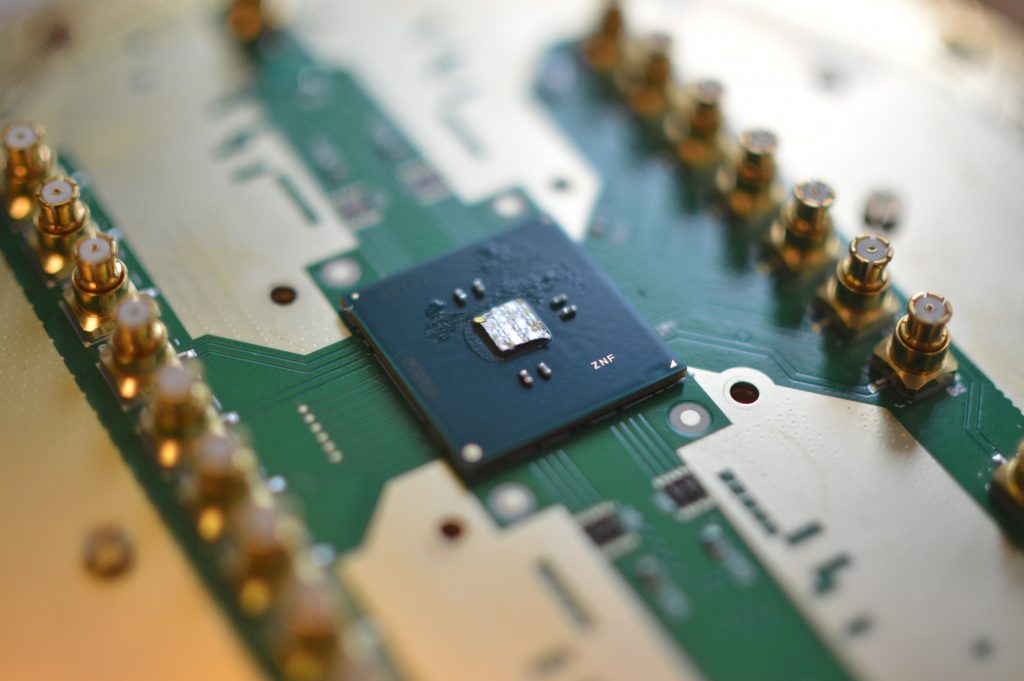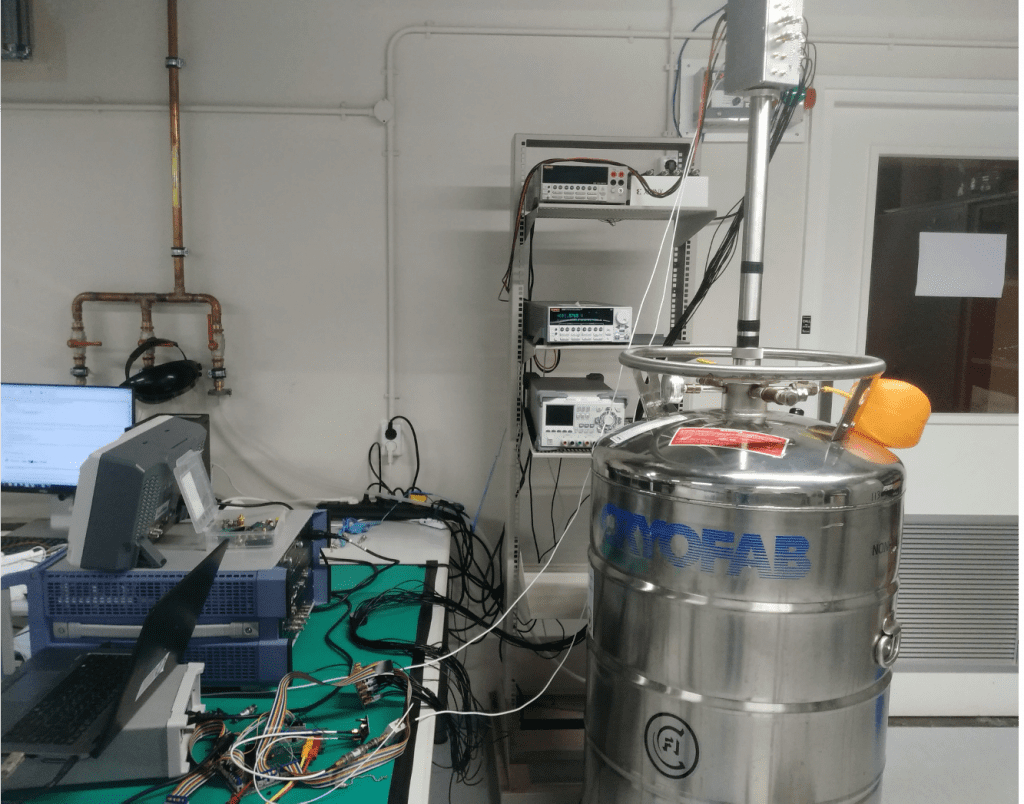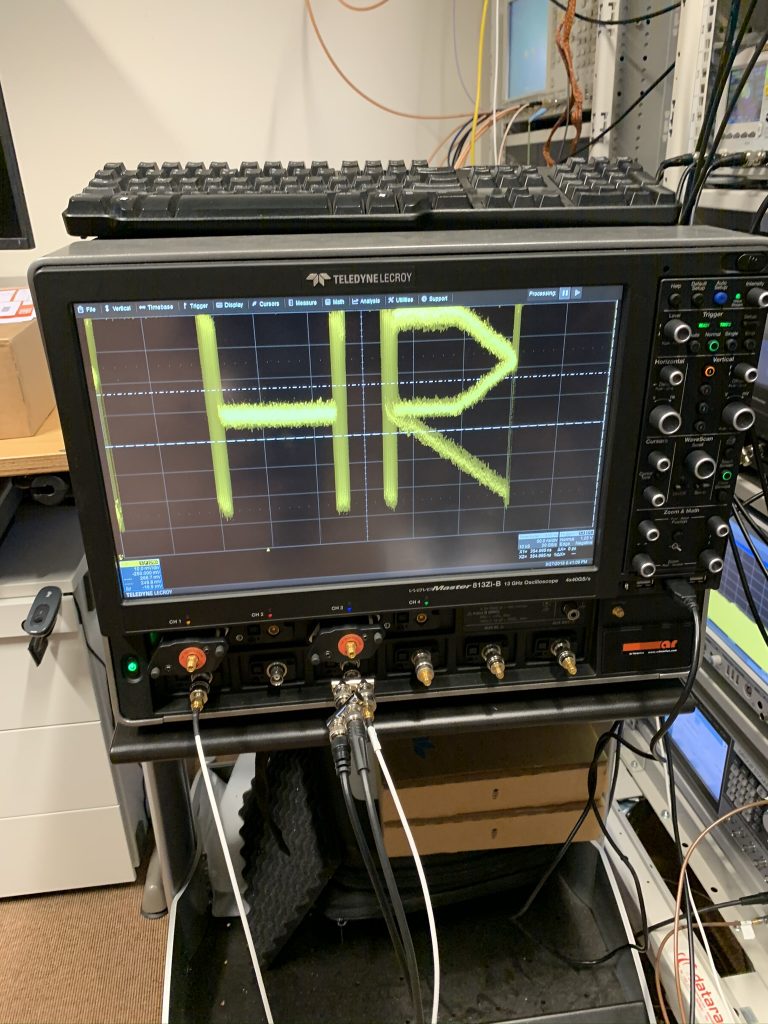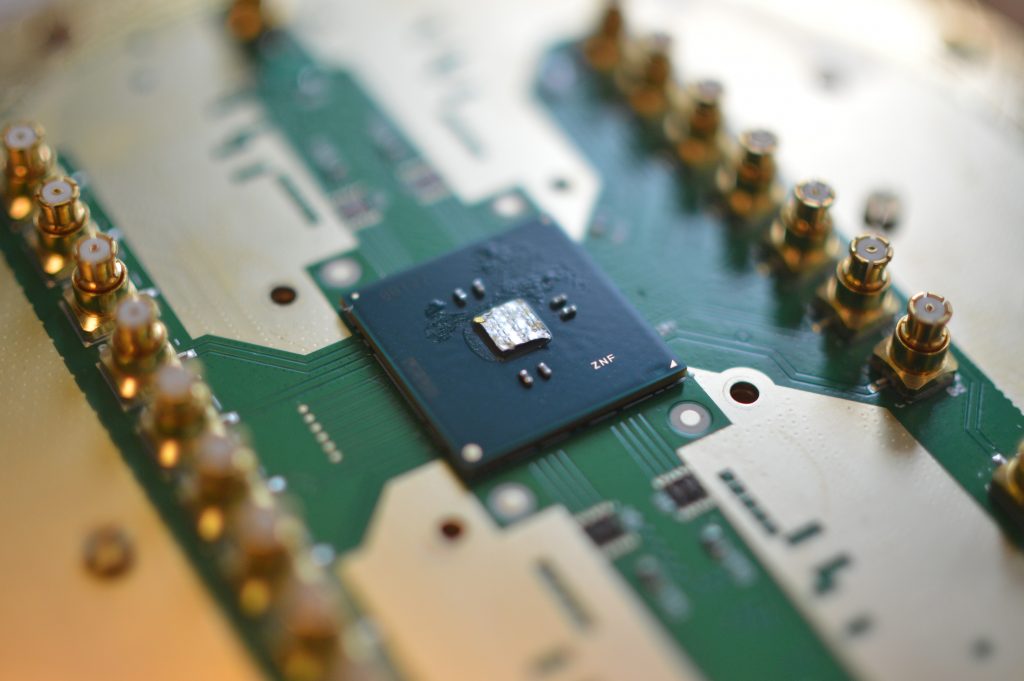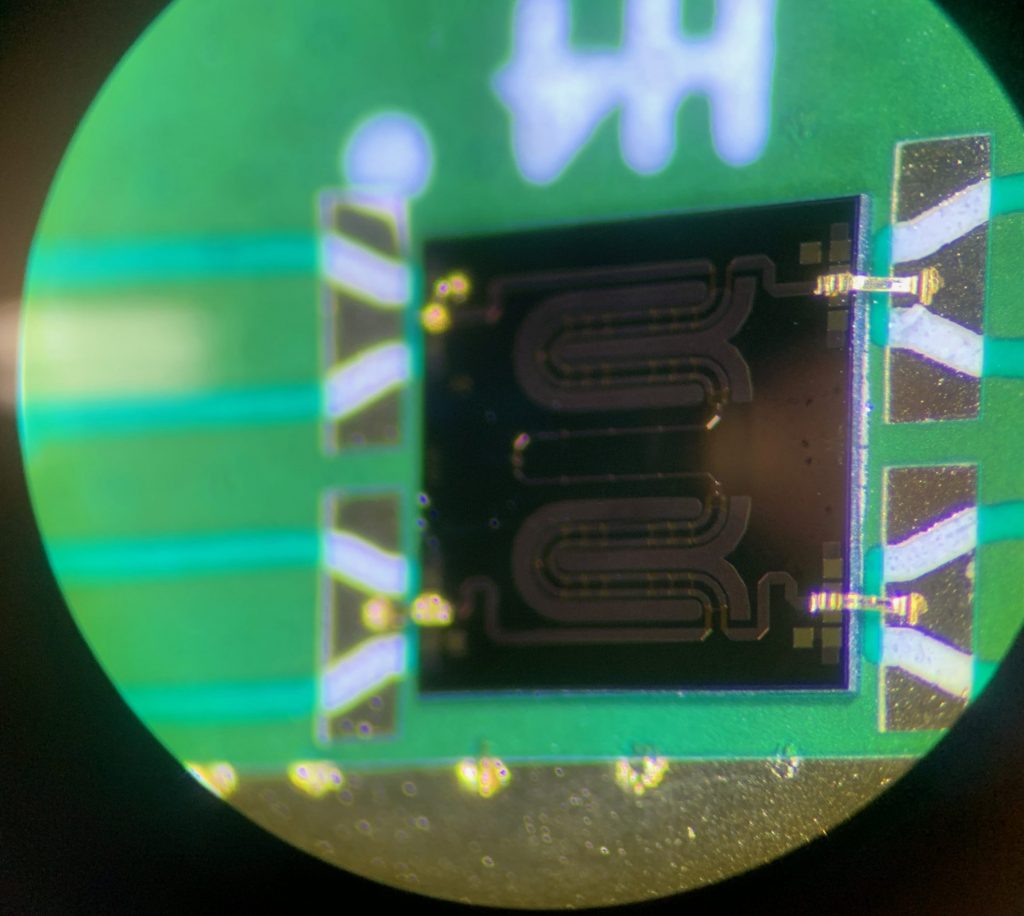Introduction
Realization of the cryogenic CMOS RF circuits and systems for the control and readout of different types of qubits.
A fault-tolerant quantum computer operates at deep cryogenic temperatures (typically 20-100mK) and requires massive yet very precise control electronics for the manipulation and readout of individual quantum bits (qubits). The most complex state-of-the-art quantum computer with less than 100 qubits requires tens of bulky custom-made electronic modules operating at room temperature and connected to cryogenic qubits via hundreds of coaxial cables. However, this approach is not practical for implementing fault-tolerant quantum computers with millions of qubits due to the utter interconnect complexity, poor system scalability, and reliability. A better alternative would be to integrate the qubits and the control electronics on the same die or package and operate them at the same temperature. Toward this goal, electronics able to operate at cryogenic temperatures in close proximity to the qubits must be developed.
Our group works on the realization of the cryogenic CMOS RF circuits and systems for the control and readout of different types of qubits. Towards that goal, we
- Characterize and model passive and active components at RF frequencies up to 20GHz
- Determine system-level and block-level specifications for the qubits control and readout circuits
- Design and measure cryo-CMOS RF circuits, including the up/down-converters (mixers), low-noise amplifiers (LNAs), drivers, and frequency synthesizers.
- Demonstrate the performance of cryo-CMOS RF circuits and systems by manipulating and reading out the qubits in the dilution fridge
Moreover, we collaborate closely with a large group of experts, including our colleagues in physics and electrical engineering at QuTech and EWI, as well as with Intel and Fujitsu corporations.
Photos
Our group

